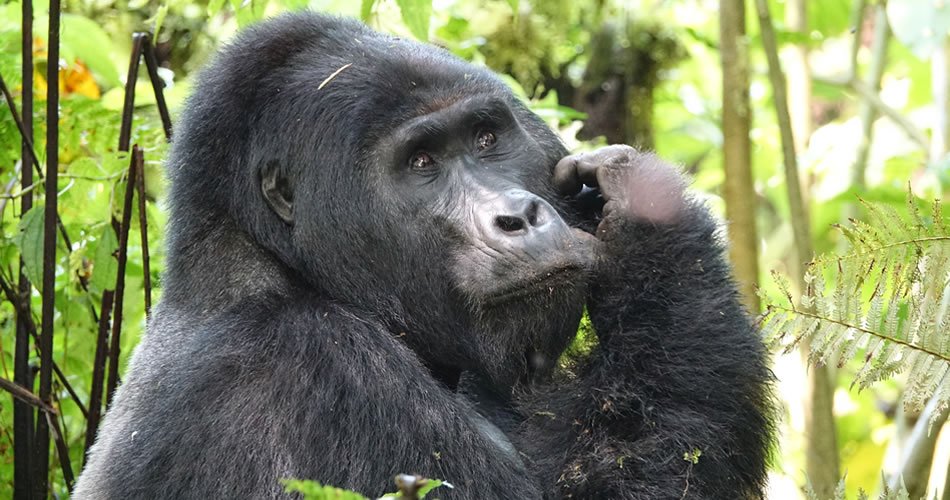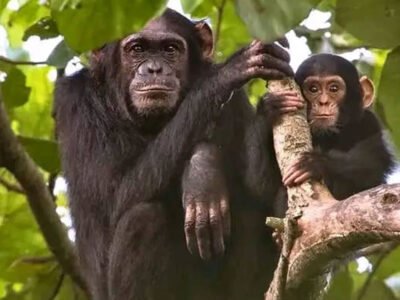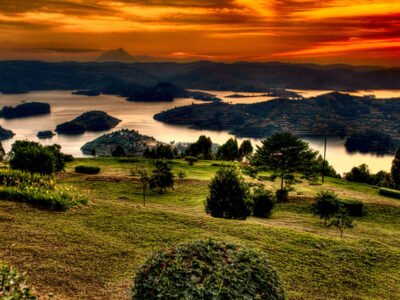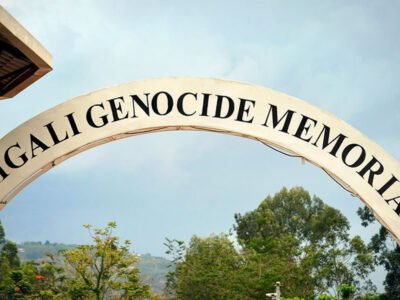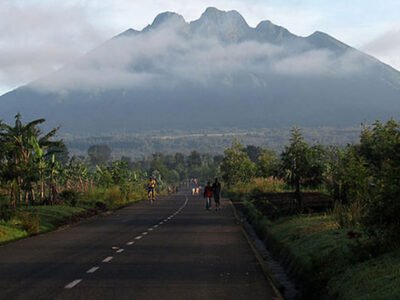Mgahinga Gorilla
Size: 33.7km2, making it Uganda’s smallest National Park.
The park takes its name from “Gahinga” – the local word for the piles of volcanic stones cleared from farmland at the foot of the volcanoes.
The British administration declared the area a game sanctuary in 1930; it was gazetted as a National Park in 1991.
Mgahinga has one habituated transboundary gorilla group.
The Batwa were self-sufficient – and visitors can see how during a fascinating tour with a Batwa guide to learn the secrets of the forest.
Mgahinga Gorilla National Park sits high in the clouds, at an altitude of between 2,227m and 4,127m. As its name suggests, it was created to protect the rare mountain gorillas that inhabit its dense forests, and it is also an important habitat for the endangered golden monkey.
As well as being important for wildlife, the park also has a huge cultural significance, in particular for the indigenous Batwa pygmies. This tribe of hunter-gatherers was the forest’s “first people”, and their ancient knowledge of its secrets remains unrivaled.
Mgahinga’s most striking features are its three conical, extinct volcanoes, part of the spectacular Virunga Range that lies along the border region of Uganda, Congo, and Rwanda. Mgahinga forms part of the much larger Virunga Conservation Area which includes adjacent parks in these countries. The volcanoes’ slopes contain various ecosystems and are biologically diverse, and their peaks provide a striking backdrop to this gorgeous scenery.
Mgahinga boasts of over 76 mammals which include elephants, giant forest hog, bush pigs,bush back. Buffalos, leopards, A bird checklist of over 180 species including the 14 endemic Albertine rift notably the Kivu ground thrush and turaco.
Activities
Gorilla Tracking
Gorilla Habituation
Forest/Nature Walk
Birding
Community Visits
| Languages spoken | English, Batwa |
|---|---|
| Currency used | Euro (EUR), USD, UGX |
| Area (km2) | 33.7km2 |
| Country name | Uganda |

